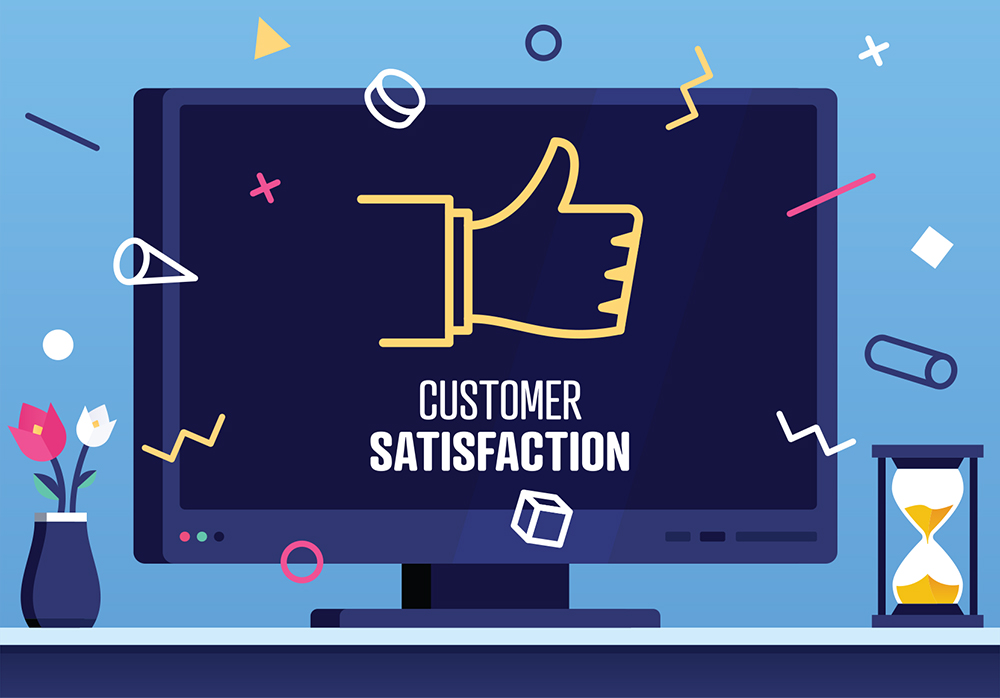eStar CTO Matt Neale asks: is tech enough to improve customer experience?
You could argue that customer experience in the online landscape has not fundamentally changed in recent years, despite the rise of new and recycled offerings, such as artificial intelligence (AI), machine learning, augmented reality, virtual reality and a whole lot of other ‘virtual’ buzzwords.
But is this what customers want? And if so, how are these tools improving the overall experience?
Retailers need to strip down these virtual technologies into the components that make an actual, positive difference to their customers and their experience.
By using technology to gain a better, more unified view of the customer, along with advanced customer behaviour analysis, companies can vastly improve the overall experience for customers.
The buzzword technologies themselves are not the differentiators. It’s the application and combination of these technologies that will drive the next set of major changes to the in-store and online experience.
Step 1: Convergence
What used to be called omnichannel is changing, as it becomes relevant in realworld scenarios and refined in practise.
Transactional channels (in-store and online) are becoming unified, providing a single view of customer, full-depth and breadth of product range and improvements around returns, extended ranges, “endless aisle” functions and click-and-collect capabilities.
With continued improvement and progress, there will be an emergence of ‘commerce systems’ to unify and coordinate specialist POS, WMS, ERP and eCommerce systems. As the gaps between these systems closes, different retail channels will converge to a closely unified, and comprehensive set of services. The goal of a single view (of customers, orders, stock and history) will be achieved and the data available for analysis, will begin influencing the future experience that shoppers will have.
Delivery of these unified commerce systems will be achieved through the rapidly spreading microservice architectures, and the coordination platforms required to maintain and deliver them.
Step 2: Artificial intelligence, pattern recognition and machine learning
Going a step further, there has been a huge amount of progress in the use of AI, which has been promoted as the next big thing for decades – and continues to capture the imagination of the media, although reality is that it has a somewhat underwhelming uptake.
In addition to the more traditional applications of AI, such as trend identification, insight analysis and reporting, more exciting applications are becoming possible, including facial recognition, visual search and customer behaviour analysis.
Applied to retail, these features create opportunities to improve the customer experience.
Visual search, for instance, makes it easier for customers to find what they are looking for, since they no longer need to try to describe it, or understand how a retailer might have tagged a product.
Retailers like The Iconic and Asos have already embraced visual search. They allow customers to capture an image of an item they may want to purchase, and present products that look similar to that image, irrespective of text descriptions or classifications used by traditional search engines, which are heavily reliant on accurate and relevant keyword matching.
Step 3: Innovate and Listen
We’ve all heard the adage ‘Measure, Understand, Improve’ but we need to turn this order of execution around. Technology and retail are moving too fast to measure first, test second. All retailers need to be technology companies, and need to be innovating and experimenting, so adopting an “Experiment, Measure, Improve” approach in the customer-facing environment is crucial to encouraging innovations and changes that work, and discarding those that don’t.
As the retail market continues to be influenced by fast-moving technological advancements, the overall customer experience will continue to be improved both online and in-store, but it is up to retailers to be involved in that, driving their own roadmaps and working with technology vendors with platforms that can evolve and adapt on a continuous and rapid basis.


